
All dogs have their own personality, so why not reflect this in the dog collars and leashes they are wearing. There are many cheap and cheerful pet collars on the market but that is not the best way to choose the right one for your pet as it will not last very long.
You need to take into account what your dog's lifestyle is and the kind of wear and tear the collar needs to put up with. An indoor dog can get a perfectly decent amount of wear out of a crystal encrusted collar, as opposed to a dog that spends a lot of time digging holes and diving into lakes. You can't blame the collar for not surviving what it wasn't built to put up with. It is important factor when choosing the right collar, as is the type of collar.
Many owners are unaware that there are several varieties of dog collars and leashes, and each serves a different purpose. Below, we'll describe the most popular types and explain why they're used. That way, you'll be able to make an informed decision when buying one for your canine.
Traditional Collars
This type of dog collar is basic in design and may be constructed of nylon, leather, or cotton. They can be purchased in different colors and widths to suit your canine's size, and are mostly used for everyday activity. The collar should sit high on his neck and be snug enough to prevent him from slipping out of it.
Halters And Harnesses
Halter collars provide owners with the most leverage over their dogs. It goes around your pet's head, and the leash is attached to it under his chin. If he surges forward without your permission, the halter causes his head to turn. This makes it difficult - if not impossible - for him to continue forward.
Harnesses go around the neck, shoulders, and abdomen. Because of their placement, they are often recommended by veterinarians for dogs that suffer from respiratory problems. If your canine runs forward, the harness keeps him in check without irritating his trachea.
The Martingale
Martingale collars are designed to tighten around your canine's throat in the event he lunges forward without you. It's worth noting that they do not tighten completely and hence, there is no danger of suffocation.
Choke Chains
Some professional trainers still use choke chains, though their use has mostly fallen out of favor. Similar to Martingale collars, they are designed to close around your dog's neck, and thus force him to comply. The drawback with these chains is that it is possible to injure his throat. If you plan to use one, make sure you ask a trainer to show you the proper method.
Traditional Leashes
Like standard collars, these leashes are designed for everyday use. They can be purchased in varying lengths, though most range between four and eight feet. If you intend to use one for training purposes, six feet is sufficient. You can find these leashes in leather, cotton, and nylon. If your dog tends to chew, leather is likely the best option.
Retractables
Retractable leashes are ideal for walking your canine. They are typically designed with nylon and extend to twenty-six feet. The line retracts into a special housing, so you can control the distance your dog is able to roam without taking him off the leash. As a side note, retractables are a poor choice for training because they allow your canine to pull away from you.
Adjustables
Adjustable leashes have a similar appearance to traditional leashes. The difference is that they can be shortened or lengthened using metal loops built into the line. A lot of professional trainers recommend them to owners as training tools because of their adjustability.
If you're considering buying a collar and leash for your dog, think about the goals you're trying to accomplish. Let your goals, and your canine's needs, determine your choice.
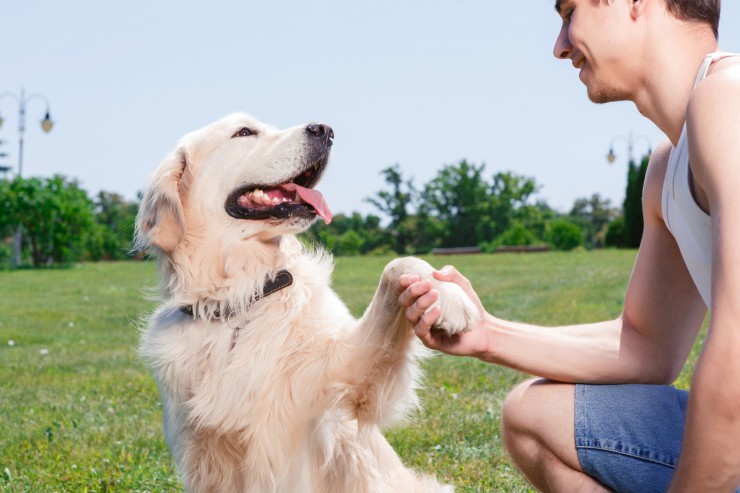 What Determines Whether A Dog Is Being Good Or Bad?
What Determines Whether A Dog Is Being Good Or Bad?
 Common Dog Illnesses And How To Spot Them
Common Dog Illnesses And How To Spot Them
 How To Know When Your Dog Is Sick
How To Know When Your Dog Is Sick
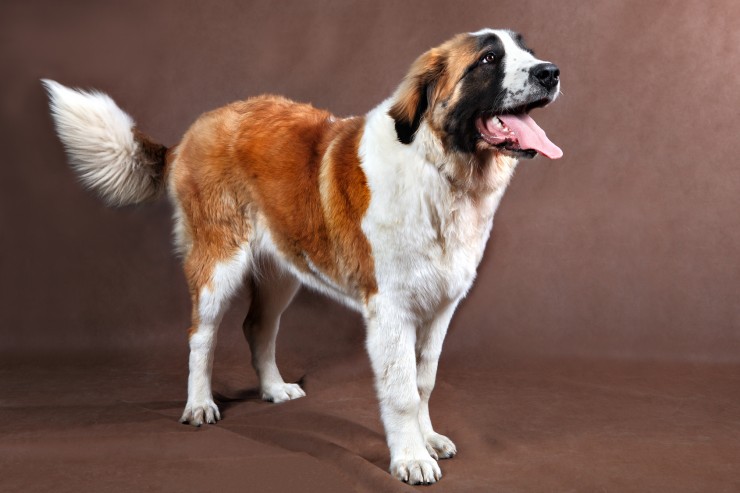 How The Right Kind Of Exercise Can Support Large Breed Dogs Joint Health
How The Right Kind Of Exercise Can Support Large Breed Dogs Joint Health
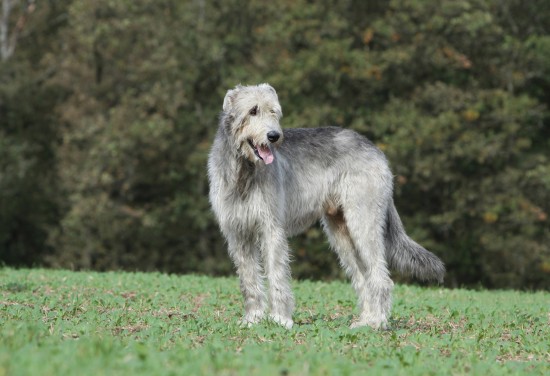 Irish Wolfhound Hereditary Health And Genetic Diversity
Irish Wolfhound Hereditary Health And Genetic Diversity
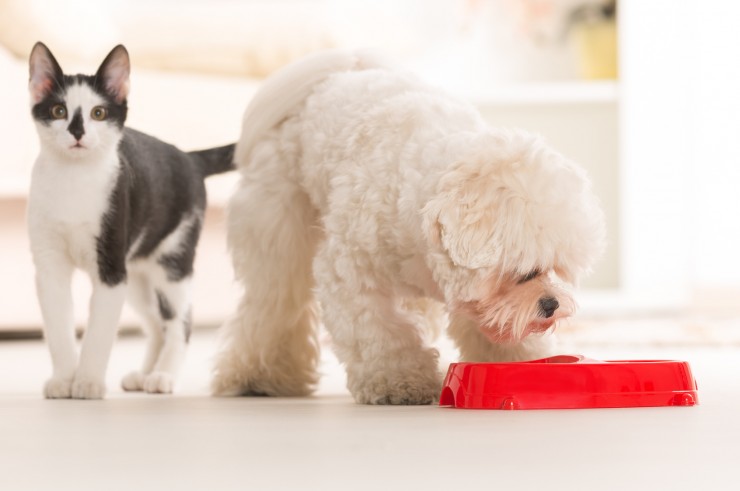 Five Top Tips For Keeping Your Dog Away From The Cat Food!
Five Top Tips For Keeping Your Dog Away From The Cat Food!
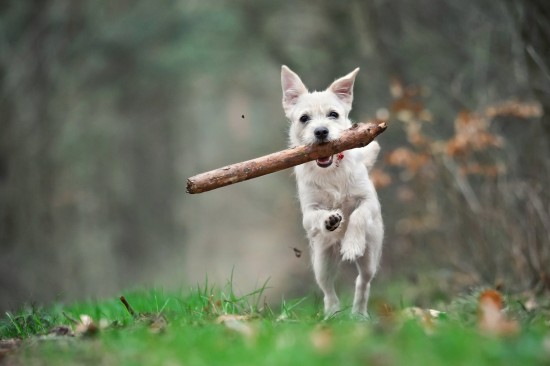 The Importance Of Letting A Dog Be A Dog
The Importance Of
The Importance Of Letting A Dog Be A Dog
The Importance Of
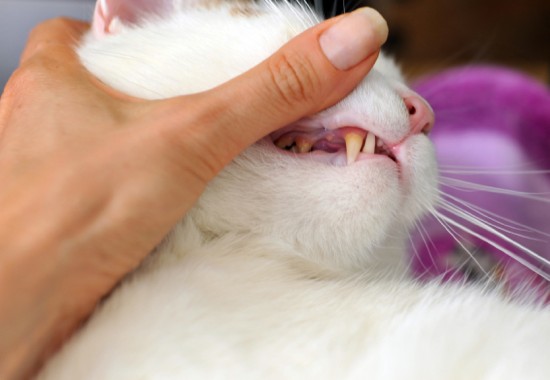 Dental Problems In Cats
Dental Problems I
Dental Problems In Cats
Dental Problems I
 Best Dog Grooming in Toronto: Ensuring Healthy Life of Your Pet
Best Dog Grooming in Toronto: Ensuring Healthy Life of You
Best Dog Grooming in Toronto: Ensuring Healthy Life of Your Pet
Best Dog Grooming in Toronto: Ensuring Healthy Life of You
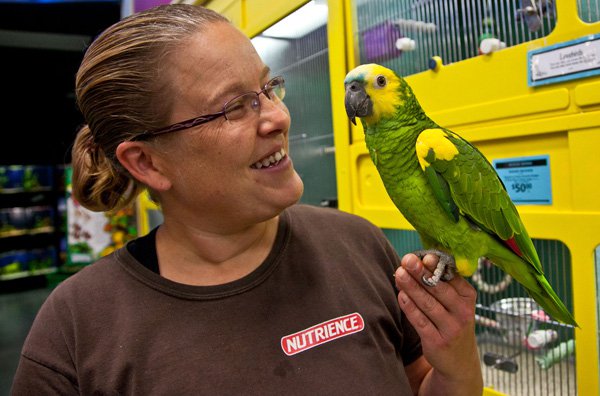 Benefits of buying Pet Food Online
Benefits of buying Pet Food Online
Pet Food is
Benefits of buying Pet Food Online
Benefits of buying Pet Food Online
Pet Food is
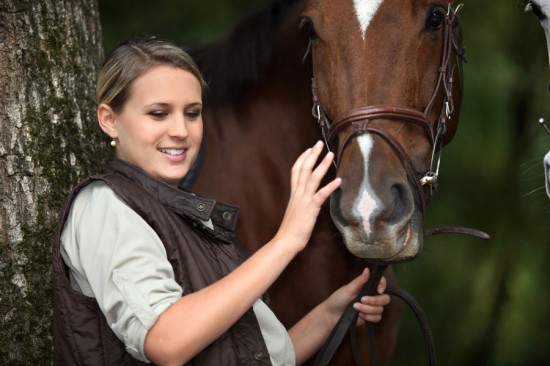 Your First Horse....to Buy Or Not To Buy
Your First Horse.
Your First Horse....to Buy Or Not To Buy
Your First Horse.
Copyright © 2005-2016 Pet Information All Rights Reserved
Contact us: www162date@outlook.com